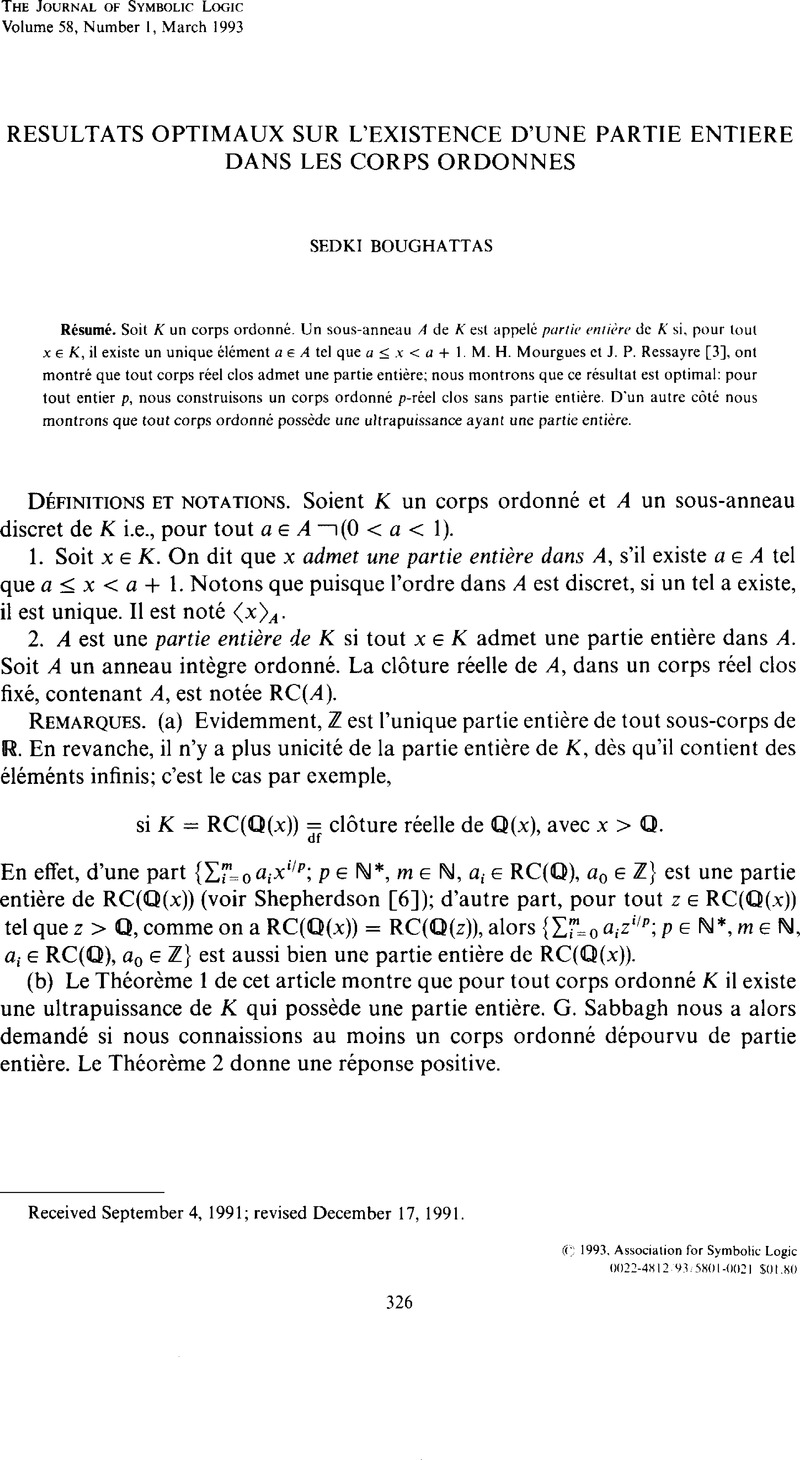Crossref Citations
This article has been cited by the following publications. This list is generated based on data provided by Crossref.
Berarducci, Alessandro
1999.
Factorization in generalized power series.
Transactions of the American Mathematical Society,
Vol. 352,
Issue. 2,
p.
553.
Ressayre, Jean-Pierre
2000.
Development of Mathematics, 1950–2000.
p.
925.
Fornasiero, Antongiulio
2006.
Embedding Henselian fields into power series.
Journal of Algebra,
Vol. 304,
Issue. 1,
p.
112.
Ayat, Seyed Masih
2008.
The Skolem–Bang theorems in ordered fields with an IP.
Journal of Algebra,
Vol. 319,
Issue. 12,
p.
4869.
Ayat, Seyed Masih
and
Moniri, Mojtaba
2017.
Logic in Tehran.
p.
1.
Biljakovic, Darko
Kochetov, Mikhail
and
Kuhlmann, Salma
2017.
Logic in Tehran.
p.
42.
Mourgues, M. H.
and
Ressayre, J.-P.
2017.
Logic Colloquium '90.
p.
250.
Kuhlmann, Franz-Viktor
2017.
Logic in Tehran.
p.
204.



